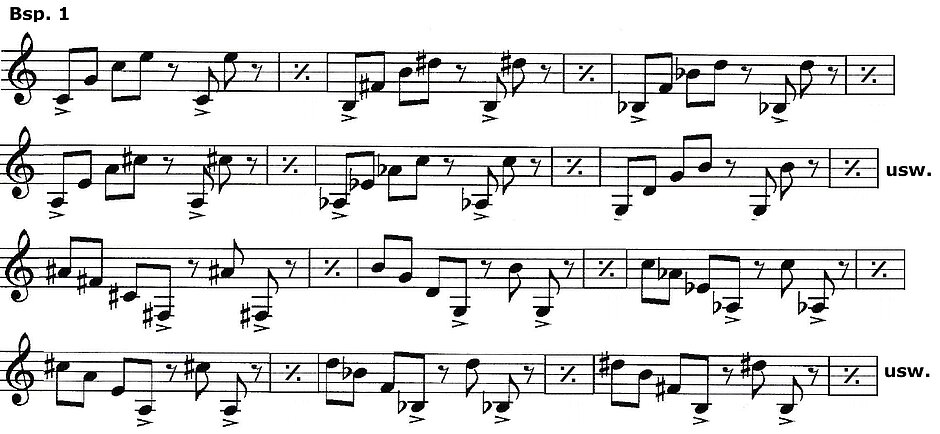The number new instrument methods seems to increase exponentially: one title chases the next"”and that’s how it should be, I suppose. While only a few years ago the educational aspect of music was deemed secondary, this seems to have changed quite dramatically.
Yet, the ideal way to perfect one’s own exercise practice is still a tailor-made, individual approach developed by a qualified teacher. Only a well-crafted exercise can address the numerous requirements of professional musicians. Educational videos on DVDs or CDs are only a poor substitute for the interactive excitement of personal lessons.
Practice oriented teaching
Over the course of my studies with a number of teachers in my field, I have learned that the way of approaching instrumental playing
a) doesn’t need to be reinvented and
b) that it always follows a familiar pattern.
As far as I’m concerned, practice-oriented teaching has proved the most efficient method during my concert and teaching activities. The link with orchestral and solo pieces should never be neglected, as that is the ultimate aim of our practicing sessions.
My intention is to devise a methodical form of the complex subject of playing a brass instrument"”and to focus on the essential. The most important criteria are the quality and the "targeted precision" of exercises. I would like to thank my father, Werner Michel, and my professor, Reinhold Lösch, who showed me this approach and gave me invaluable feedback.
My Personal Exercise Cocktail
Another consideration I’d like to share with you is that we would all do well to mix our own exercise cocktails, because we know ourselves better than anyone else. Besides, who is rich enough to buy all methods so as to borrow what few really useful exercises they contain to make progress?
Analyzing One’s Strengths and Weaknesses
Success is a matter of spotting and curing one’s own weaknesses. Just like in the medical sector. This requires an objective and honest diagnosis that leads to the adoption of tailor-made exercises.
If no suitable coach is around, one needs to become creative and devise one’s own exercises. Existing etudes can be changed quite easily, and the resulting exercises can prove mightily effective. Those are things we can learn.
...and how does this works?
During my classes, professor Reinhold Lösch made invaluable suggestions about how an exercise from the time-tested trumpet method by Jean Baptiste Arban can be tweaked into an all-new exercise that caters to my personal requirements.
The following parameters can be changed:
- Tempo
- Multiplication
- Chromatic shifts of exercises
- Rhythmic variations
- Legato: Creative modifications of slurs.
- Dissecting complex melodic passages and devising a suitable exercise
- Combinations of those variables (tempo, rhythm, multiplication, dissection)
Exercise 1
Complete Conservatory Method For Trumpet, part one: each note of the original exercise is multiplied and played at a slower tempo. Quarter note= 52, piano; Leave some space in between notes, concentrate on your attack, never release the mouthpipe from your mouth, breathe through your nose, don’t change the shape of your lips, even during rests Result: this is now a stamina exercise with no excessive strain (pitch, dynamics), which is nevertheless highly effective.
Exercise 6
Haydn’s Trumpet Concerto in Eb Major, the Eb3 passage:
Starting from the C1 up to the original passage.
Remember to limber up every now and again and... relax.
Most musicians tends to receive tons of unsolicited advice, which may or may not be helpful. One thing is for sure, however:
"If you are looking for a helping hand, you are most likely to find itat the end of your own arm."
I do hope that this article helps you find "your own way."








